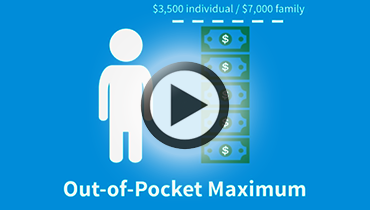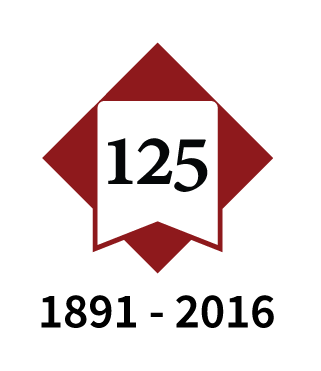A Health Savings Account (HSA) allows you to put money aside and reimburse yourself for medical expenses on a tax-deductible basis. You can open an HSA only if you are enrolled in the High-Deductible Health Plan (HDHP).
HSA Details
|
Am I eligible for an HSA? |
When you elect the High-Deductible Health Plan (HDHP) during open enrollment, you are also eligible to elect an HSA. There are certain restriction that apply to HSAs, including:
|
| How do I set up an HSA? | You can set up an HSA with any financial institution that provides HSA services, or when you elect the HDHP during open enrollment, you may also set up an HSA account with HealthEquity, Blue Shield's financial partner. |
| What are the advantages of a HealthEquity HSA? |
Opening your HSA with HealthEquity has three important advantages:
*Note: These amounts are for employees who set up their account(s) with HealthEquity after electing the HDHP. If you enroll any time after January 1, the amount Stanford contributes will be prorated based on the number of pay periods remaining in the calendar year after you set up your account. For more information, call 877-857-6810 or visit the HealthEquity website |
| What are the contribution limits? |
In 2015, the HSA limit (the amount you contribute) is $3,350 for employee only, and $6,650 for employee + dependents. |
Frequently Asked Questions
Below are answers to the most frequently asked questions regarding Health Savings Account.





